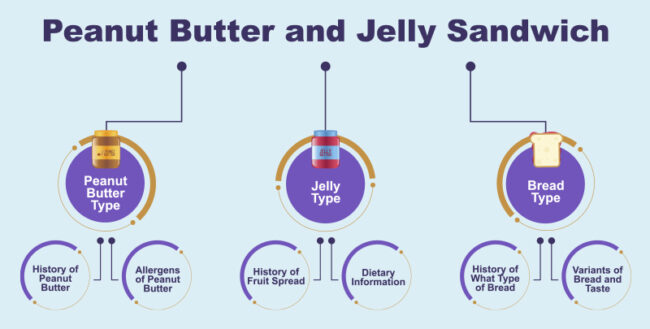Another evolving moment for content creators, another opportunity to skill up. Generative Engine Optimization (GEO) emerges as a groundbreaking approach that transcends conventional search engine optimization, representing a fundamental reimagining of content discovery and engagement driven by AI.
The Shift
Content creation has always been about storytelling and visibility, but GEO introduces a more nuanced perspective. It’s no longer just about being seen or telling a good story—it’s about being understood, interpreted and regenerated by increasingly sophisticated artificial intelligence systems.
Defining GEO: Foundational Concepts of Generative Engine Optimization
Generative Engine Optimization represents a shift in content strategy, moving beyond traditional keyword-based SEO to create content that resonates deeply with AI language models and generative search engines. Let’s break it down:
1. Semantic Depth
Semantic depth goes far beyond surface-level keywords. It involves:
- Creating content that explores topics with multi-layered complexity
- Developing nuanced explanations that capture the underlying concepts
- Providing comprehensive context that demonstrates deep understanding
- Connecting ideas across different domains and perspectives
- Using rich, precise language that captures subtle meaning and implications
For example, instead of simply listing facts about a topic, a semantically deep approach would explore the topic’s historical context, theoretical foundations, practical applications and potential future implications.
2. Contextual Richness
Contextual richness means embedding content with:
- Comprehensive background information
- Multiple perspectives and viewpoints
- Detailed explanations of related concepts
- Clear connections between different ideas
- Anticipation of potential follow-up questions
- Nuanced interpretations that go beyond surface-level information
This approach helps AI models better understand the full landscape of a topic, providing a more holistic view that supports more intelligent information retrieval and generation.
3. AI-Friendly Content Structuring
Structuring content for AI involves:
- Using clear, logical formatting
- Creating well-defined sections with descriptive headings
- Implementing a hierarchical information architecture
- Providing explicit relationships between concepts
- Using consistent terminology
- Incorporating metadata and semantic markers
- Ensuring content is easily parsed and understood by AI systems
The goal is to make content as digestible and interpretable as possible for AI models, facilitating more accurate understanding and representation.
4. Intelligent Information Representation
This dimension focuses on:
- Presenting information in multiple complementary formats
- Using diverse explicative techniques (definitions, examples, analogies)
- Creating content that supports various levels of comprehension
- Integrating different types of knowledge (theoretical, practical, historical)
- Developing content that can be easily abstracted and regenerated
- Ensuring information is modular and interconnected
The key is to create content that isn’t just informative, but also adaptable and generative in nature.
Now that we have boiled the ocean – let’s simplify it:
- Use clear, precise language
- Develop comprehensive, interdisciplinary content
- Create content that anticipates and answers potential queries
- Structure information hierarchically and logically
- Provide multiple entry points to complex topics
- Use metadata and semantic markup
- Continuously update and refine content based on AI interaction patterns
Explain it to me like a 5-year old example:
Topic: Peanut butter and Jelly Sandwich
SEO Only:
You would generate content about a Peanut Butter and Jelly Sandwich using the keyword phrase in your URL string, H1’s and alt tags and provide content written for users on a Peanut Butter and Jelly Sandwich. You would include additional phrases such as “PB&J”, “American classic”.
SEO & GEO:
Everything you did for SEO and include; The history of the PB&J, where PB originated from (crunchy & smooth), where jelly originated from, the differences between Jelly, Jam and Preserves. “How you make a PB&J sandwich”, Bread selection, Diet restrictions, allergen potential while traveling.

Future Considerations:
As AI technologies like large language models and generative search engines evolve, Generative Engine Optimization will become increasingly sophisticated. Content creators will need to develop more nuanced strategies that align with AI’s growing capabilities to understand, interpret and generate information. Don’t be afraid of experimenting with how different styles perform with AI retrieval and learn from those outcomes. Be sure to include this in your 2025 plans.
The ultimate goal of GEO is to create content that doesn’t just rank well, but truly communicates, educates and provides value across different AI-driven information retrieval systems.


